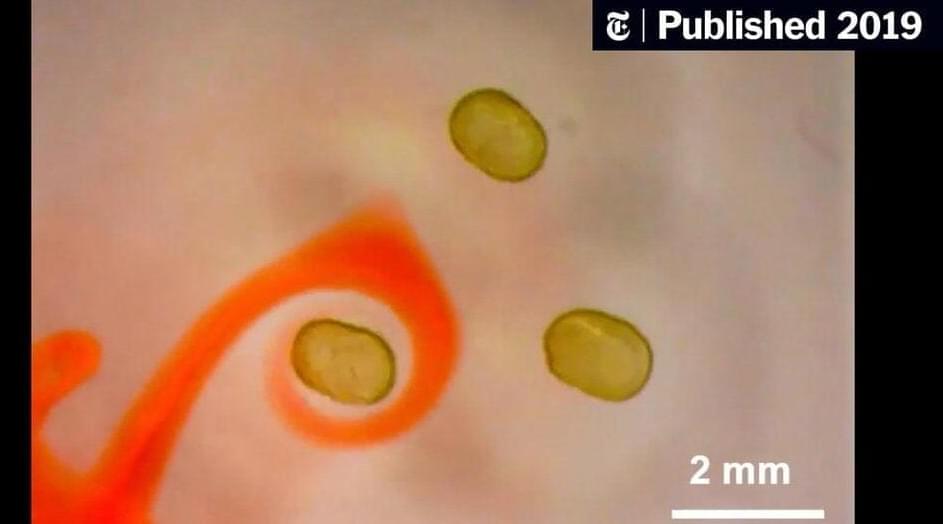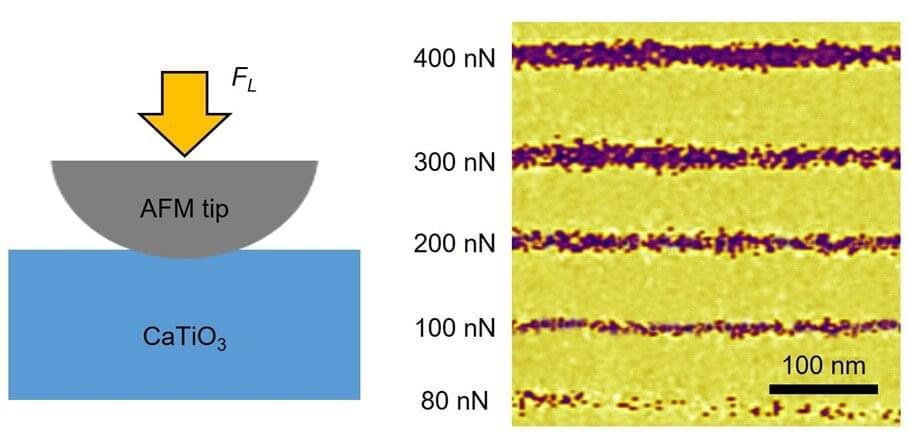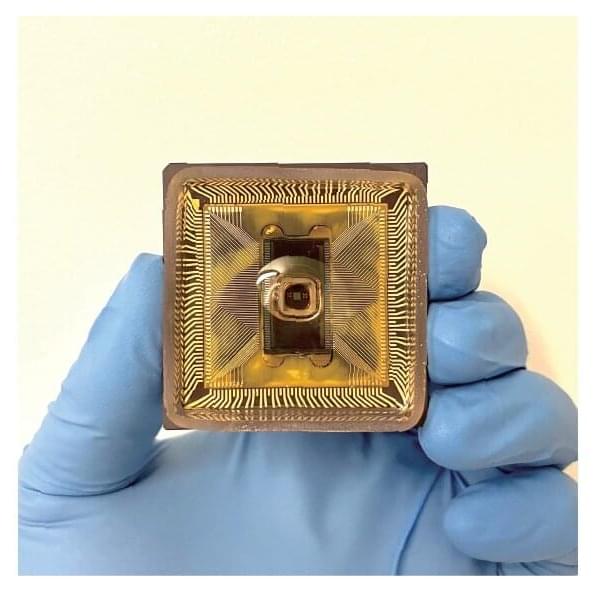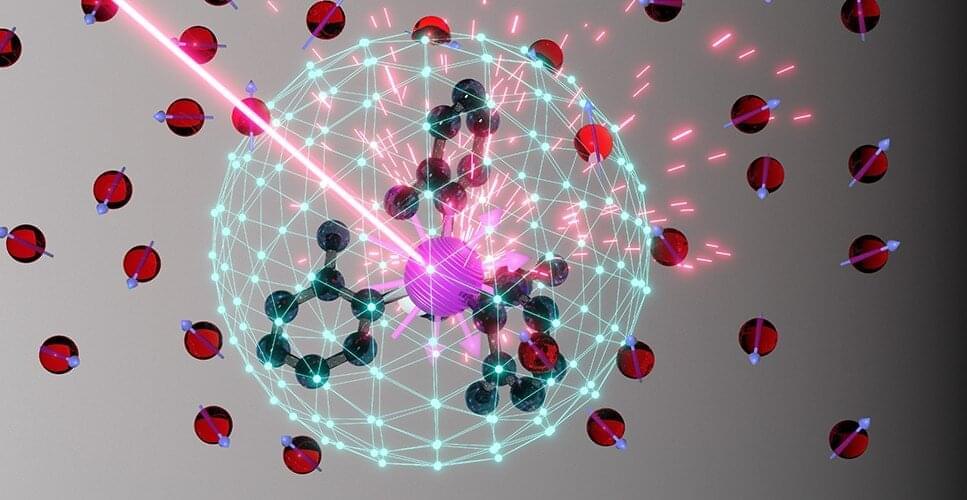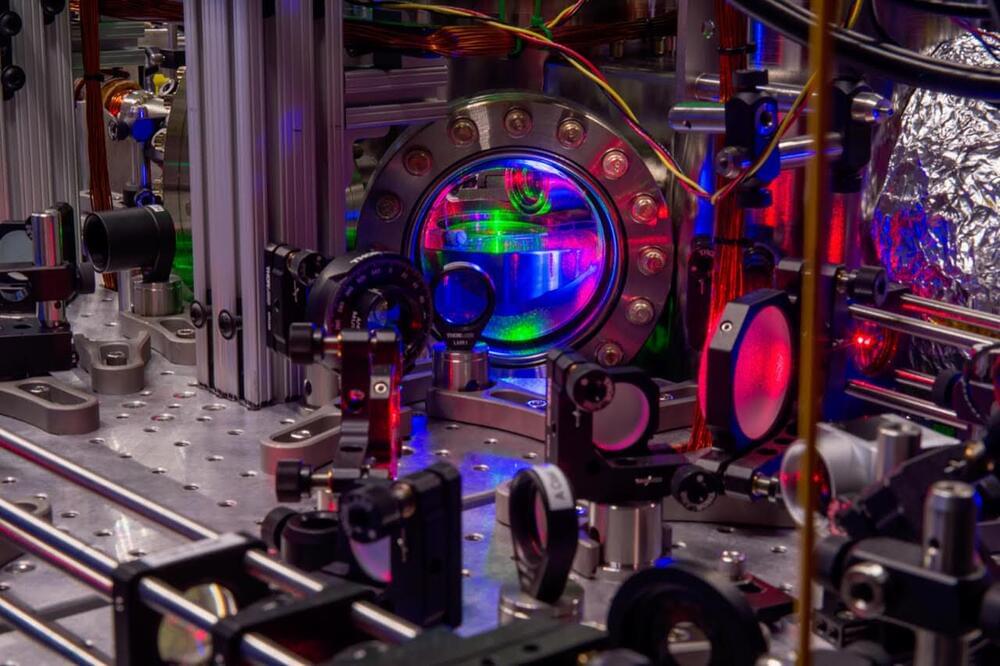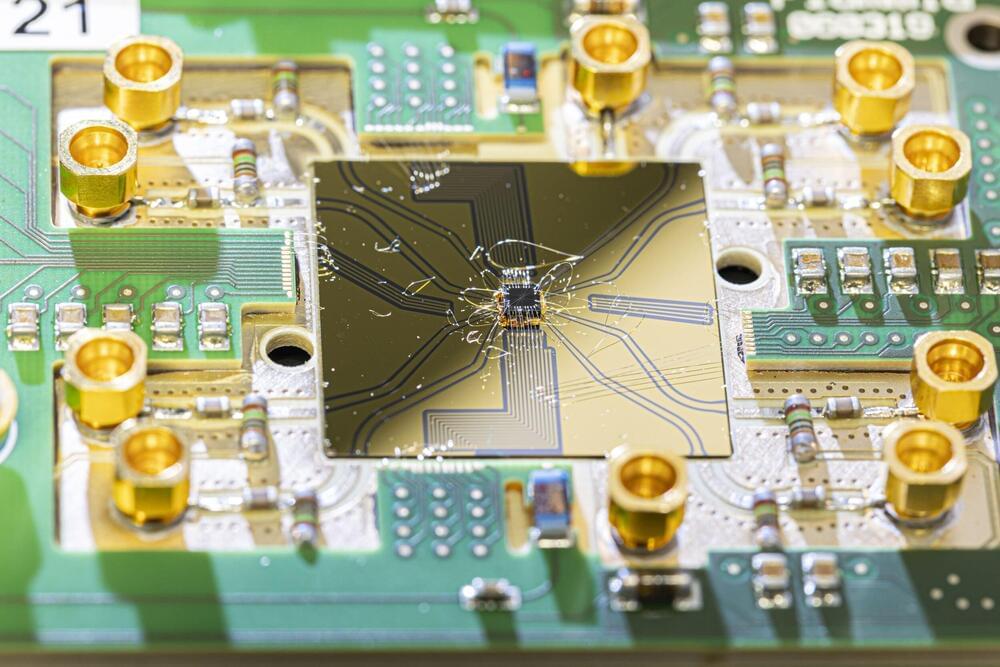Sep 30, 2022
This New Liquid Is Magnetic, and Mesmerizing
Posted by Quinn Sena in categories: computing, particle physics
Circa 2019
Lodestone, a naturally-occurring iron oxide, was the first persistently magnetic material known to humans. The Han Chinese used it for divining boards 2,200 years ago; ancient Greeks puzzled over why iron was attracted to it; and, Arab merchants placed it in bowls of water to watch the magnet point the way to Mecca. In modern times, scientists have used magnets to read and record data on hard drives and form detailed images of bones, cells and even atoms.
Throughout this history, one thing has remained constant: Our magnets have been made from solid materials. But what if scientists could make magnetic devices out of liquids?
Continue reading “This New Liquid Is Magnetic, and Mesmerizing” »
